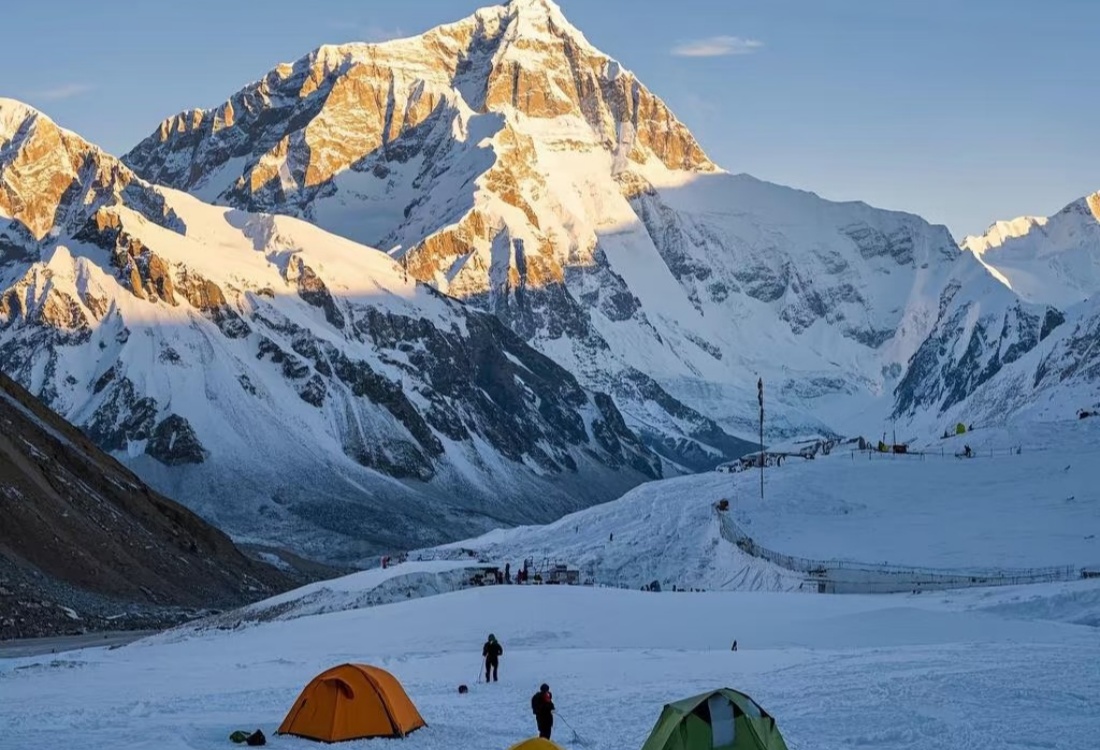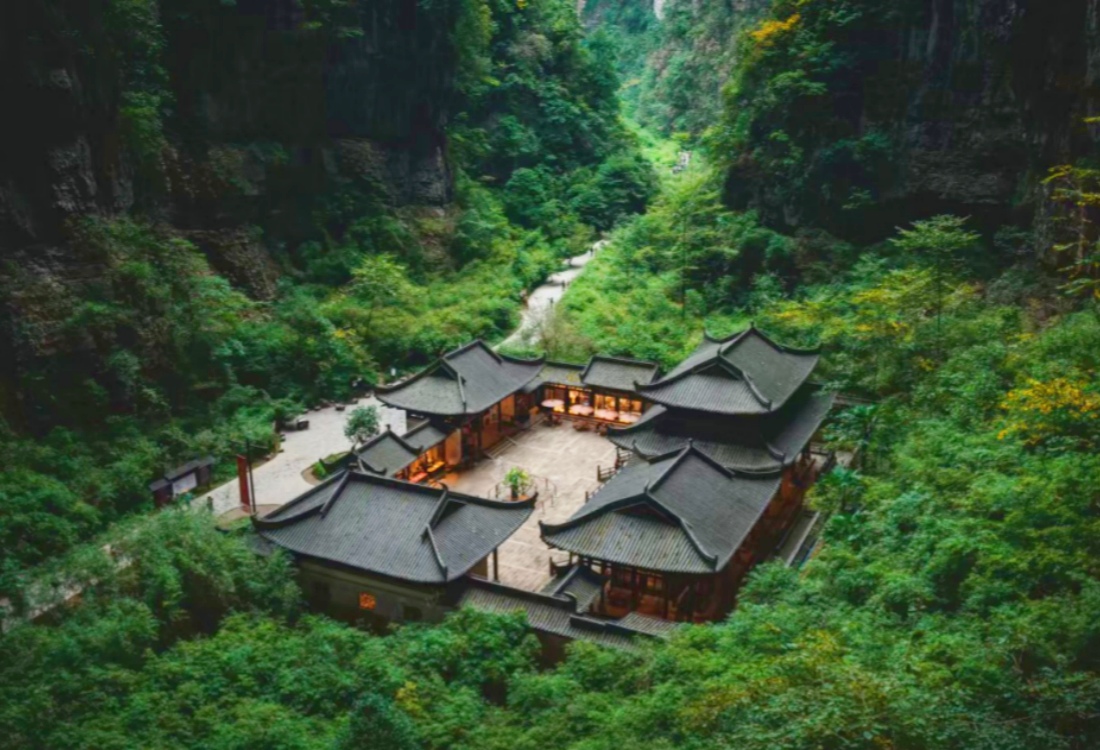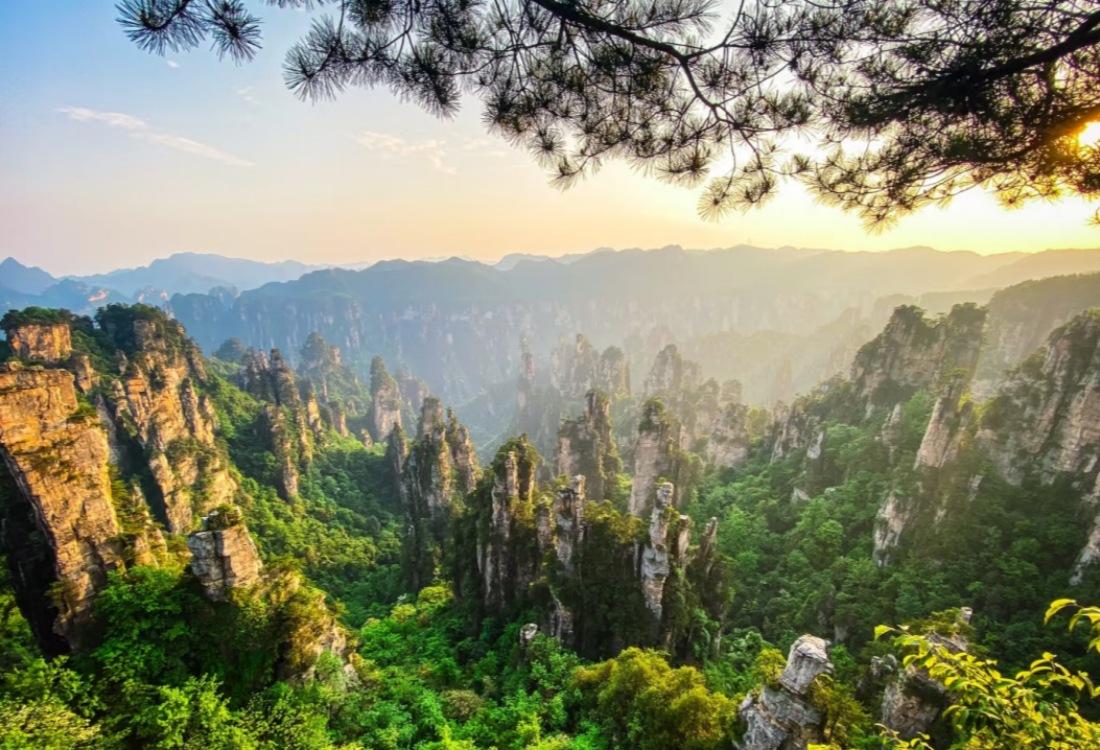Table of Contents
ToggleIntroduction: Climbing Mount Everest from the Tibetan Side
Mount Everest, the world’s highest peak at 8,848.86 meters (29,031.7 feet), offers two main routes to the summit—one from Nepal and the other from Tibet (China). Climbing Everest from the northern side in Tibet provides a unique experience, featuring a more challenging ascent with fewer climbers compared to the southern route. The Tibetan side offers breathtaking views, historical significance, and a more remote, rugged adventure. This guide covers everything you need to know about scaling Everest from China, from permits and preparation to the actual climb.
Route to Everest: The Northern Approach from Tibet
Climbers attempting Everest from China start their journey in Lhasa, the capital of Tibet, or in Kathmandu, Nepal, before traveling overland to the Everest North Base Camp (EBC) in Tibet. The northern route follows the historic path taken by early British mountaineers in the 1920s.
From Lhasa, climbers take a 900-km journey via rugged roads to reach Rongbuk Monastery, the world’s highest monastery, and then Everest North Base Camp at 5,150 meters (16,900 feet). This route offers incredible views of the Himalayas, including Cho Oyu and Shishapangma. Unlike the Nepal side, climbers can reach the base camp by vehicle, avoiding long treks before starting the climb.
Obtaining Permits and Preparing for the Climb
To climb Mount Everest from China, multiple permits are required:
- Chinese Visa & Tibet Travel Permit – Necessary for entry into Tibet.
- Alien Travel Permit – Required for visiting restricted border areas.
- Mountaineering Permit – Issued by the Tibet Mountaineering Association (TMA).
- Climbing License from the Chinese Mountaineering Association – Mandatory for all climbers attempting Everest from Tibet.
Due to strict regulations, foreign climbers must be part of an authorized expedition led by a registered tour operator. It’s also essential to hire a certified Tibetan guide and Sherpas for support.
Acclimatisation and Camp Setup
Mount Everest’s North Face route is physically demanding and requires proper acclimatization. Climbers spend several weeks at base camp adjusting to high altitude before ascending through a series of camps:
- Advanced Base Camp (ABC) – 6,400m (21,000 ft): The staging area for summit attempts.
- Camp 1 – 7,000m (23,000 ft): The first high-altitude camp, located beneath the North Col.
- Camp 2 – 7,500m (24,600 ft): Positioned on a steep icy slope leading to the summit.
- Camp 3 – 8,300m (27,200 ft): The final camp before the summit push, located in the “death zone” where oxygen levels are dangerously low.
Summit Push and Challenges on the Northern Route
Climbing Everest from the north presents unique challenges, including extreme cold, high winds, and technical ice climbing. The final ascent includes crossing the Second Step, a near-vertical rock face at 8,610 meters (28,230 feet), one of the most difficult obstacles on the route.
The summit push is typically made in May when weather conditions are most stable. Climbers must use bottled oxygen above 7,500 meters to prevent altitude sickness and frostbite. The final few hundred meters to the summit are exhausting, requiring immense physical endurance and mental strength.
Descending Safely: The Return Journey
Reaching the summit is only half the journey—descending safely is equally critical. Climbers retrace their steps, navigating dangerous sections while battling exhaustion. Many accidents occur on the way down due to fatigue, dehydration, and sudden weather changes. Successful climbers return to Advanced Base Camp before heading back to Lhasa or Kathmandu.
Conclusion: A Rewarding but Grueling Climb
Climbing Mount Everest from China is a challenging yet rewarding experience. The northern route offers a less crowded but more technical climb, requiring intense preparation, endurance, and determination. For those who dare to take on the challenge, summiting Everest from Tibet is a true testament to human resilience and adventure.









